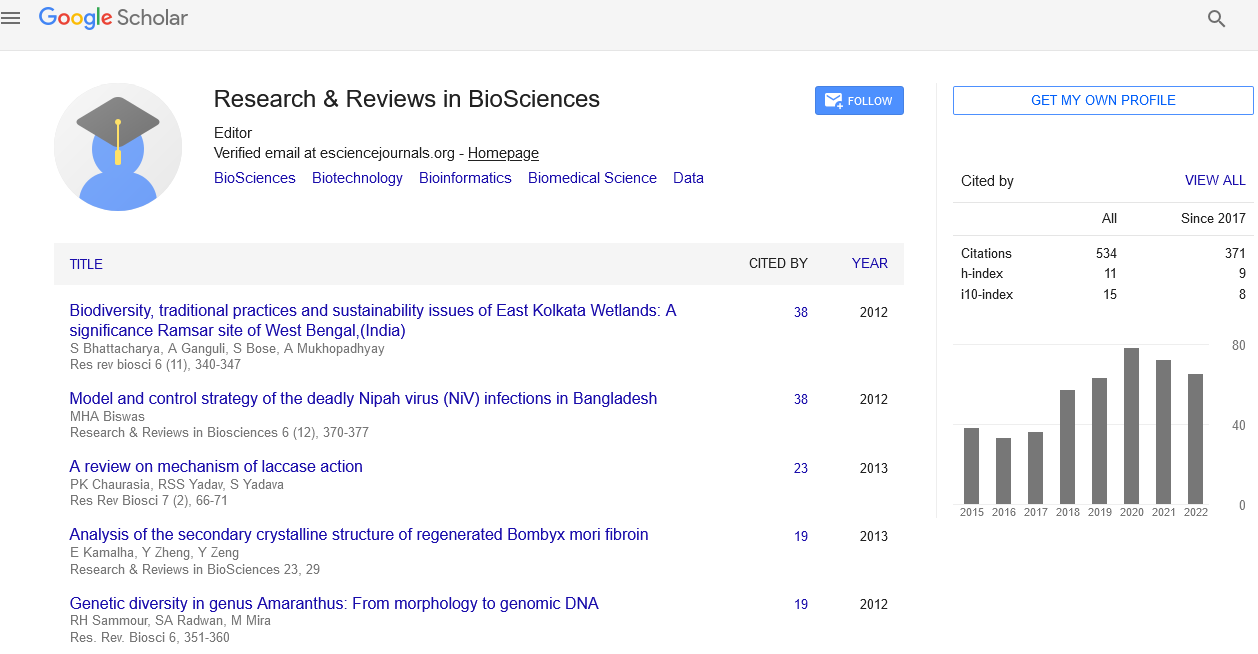Abstract
Rapid changes and loss of freshwater springs and fish Communities of the Arabian Peninsula
Author(s): Kamal AljohaniDuring summer 2018, 132 springs from Saudi Arabia, Oman and Jordan were surveyed for water chemistry and fish communities. Although most springs in Oman are reasonably intact, only 14 of 46 springs flowing in Saudi Arabia in 1990 exist, and all springs visited in Jordan were heavily polluted from direct human contact. In addition, the electrical conductivity of the remaining Saudi springs has increased profoundly during this period. Fish were sampled at each spring boil, if present, using a dip net, identified to species, photographed and returned to the location where collected. Five native species were found in the springs of Saudi Arabia and Oman, but all springs in Jordan lacked fish. In addition, two introduced Tilapia species were found in some Oman springs. Garra tibanica was found only in Saudi Arabian springs, while Cyprinion watsoni was restricted to a single spring in Oman. The general distributions of species in the Arabian Peninsula were compared with earlier surveys, and the relationship of each species to electrical conductivity was analyzed to assess whether increased conductivity levels in springs since 1990 as a result of over pumping of groundwater has or will have an impact on fish tolerance and distribution. Aphanius dispar is limited to low conductivity springs, Cyprinion mhalensis and Gara tibanica to low-moderately high conductivity, while Garra tibanica can tolerate extremely high conductivity. Continued over extraction of groundwater will lead to loss of additional springs and the likely extirpation of species due to increased conductivity. This is a major conservation issue facing the Arabian Peninsula.
